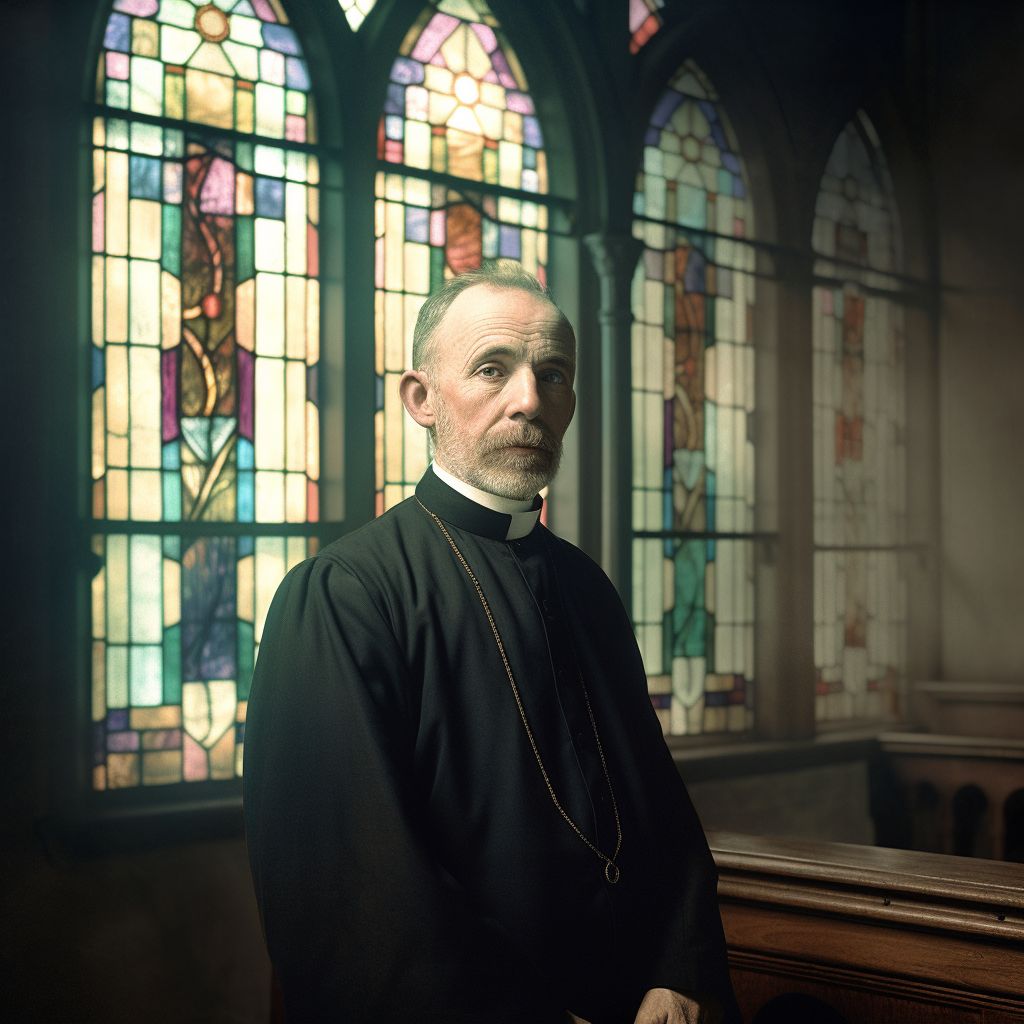Clergy Member
Introduction
The role of clergy members has been central to the spiritual life and well-being of communities throughout history. In the late 19th century, the clergy profession continued to evolve, adapting to the changes and challenges of the time. This article aims to provide a comprehensive overview of the clergy member profession in 1880, exploring their responsibilities, daily life, and the impact of societal and technological advancements on their work.
The Role of Clergy Members
Clergy members, encompassing priests, ministers, rabbis, imams, and other religious leaders, serve as spiritual guides and teachers within their respective religious communities. They are responsible for providing religious instruction, leading worship services, offering pastoral care, and performing various religious ceremonies, such as baptisms, weddings, and funerals. Clergy members also play a significant role in the administration of religious institutions, overseeing the management of facilities, finances, and personnel.
Daily Life and Responsibilities
The daily life of a clergy member in 1880 was characterized by a combination of spiritual, educational, and administrative duties. In addition to leading worship services, clergy members were often responsible for providing religious education to children and adults alike. This could take the form of Sunday school classes, Bible studies, or informal discussions on religious topics.
Pastoral care was another critical aspect of a clergy member's work, involving visiting the sick and elderly, offering counseling and guidance to those in need, and providing support during times of crisis or loss. Clergy members also played a vital role in community life, often acting as mediators in disputes, advocating for social justice, and organizing charitable efforts to assist the less fortunate.
Impact of Societal and Technological Advancements
The 19th century was a time of rapid societal and technological change, and the clergy profession was not immune to these developments. The spread of new ideas and scientific discoveries led to shifts in religious beliefs and practices, requiring clergy members to adapt their teachings and methods accordingly.
One notable example of technological advancement impacting the clergy profession was the invention of the printing press, which facilitated the widespread dissemination of religious texts and literature. This enabled clergy members to reach a broader audience and share their teachings more effectively. Additionally, advancements in transportation and communication technologies allowed clergy members to travel more easily, fostering greater connectivity and collaboration between religious communities.
In conclusion, the clergy member profession in 1880 was marked by a blend of spiritual, educational, and administrative responsibilities. As society and technology continued to evolve, clergy members were tasked with adapting their practices to meet the needs of their communities while maintaining their commitment to their religious beliefs and traditions.
Type
Religious

